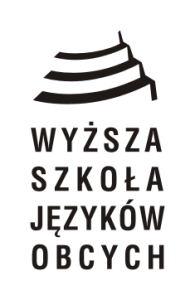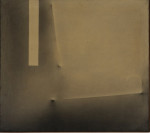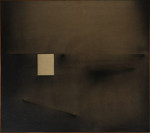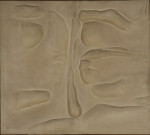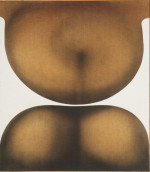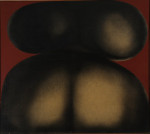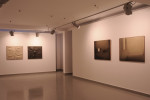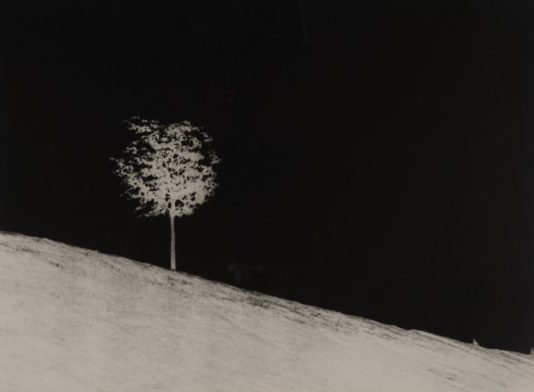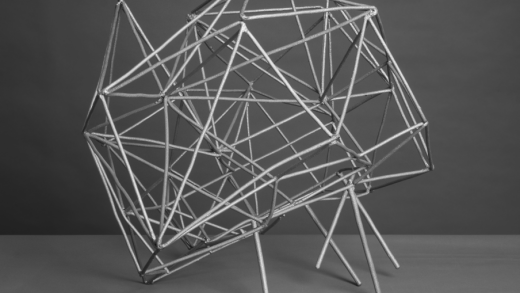07.01.2011–01.02.2011
Exhibition organized in cooperation with Piekary Gallery.

Andrzej Pawłowski’s exhibition “Records of/in Space” was the second exhibition of the artist’s work, after the presentation of his photographic works at the “Written with Light” exhibition.
Andrzej Pawłowski, an artist associated with the Krakow Group, graduated in 1950 from the Faculty of Interior Architecture of the Krakow Academy of Fine Arts, where in the early 1960s he founded the Faculty of Industrial Forms. The designer’s experience, based on Pawłowski’s research and theoretical texts, was an integral part of his entire work, from sculptural works, through painting, photography to film projections. The exhibition “Records of/in Space” presented works from the series “Naturally Shaped Surfaces” (1965, 1966, the series “Balloons”) “Mannequins” (1864) and “Skeletons” (1971, 1978) in which the artist analyzed the creative process based on the concept he developed in the 1960s “Naturally Formed Form”. As the artist wrote, “an understandable phenomenon is the author’s desire to give his/her work the most perfect form. It seems that one of the features of our creations that irritates us the most is inanimate life, a feature that fundamentally differentiates human creations from creations of living nature.” He sought to disrupt the simple pattern of perceiving works of art as directly reflecting the world in which we exist, often adapting to this purpose the analysis of physical processes (e.g. chain curve charts) that supported his creative activity. In other words, it prompted reflection and active participation in the reception, provoking a review of the mechanisms of reading the work. The final shape of the work was influenced by the limitations and properties of the material from which the work was created. The artist’s activity was to be based on the “principle of minimization”, which is why the works from the “Mannequins” series were created as if by themselves, finding their own shape when pouring the plaster into flexible, canvas bags. As Pawłowski wrote, “the stigma of the process, the way it was created, gives it authenticity and truthfulness. Despite depriving it of the possibility of further self-correction, it carries the characteristics of the truth of its creation, and at the same time defines as if its further development opportunities, is an open form.”
